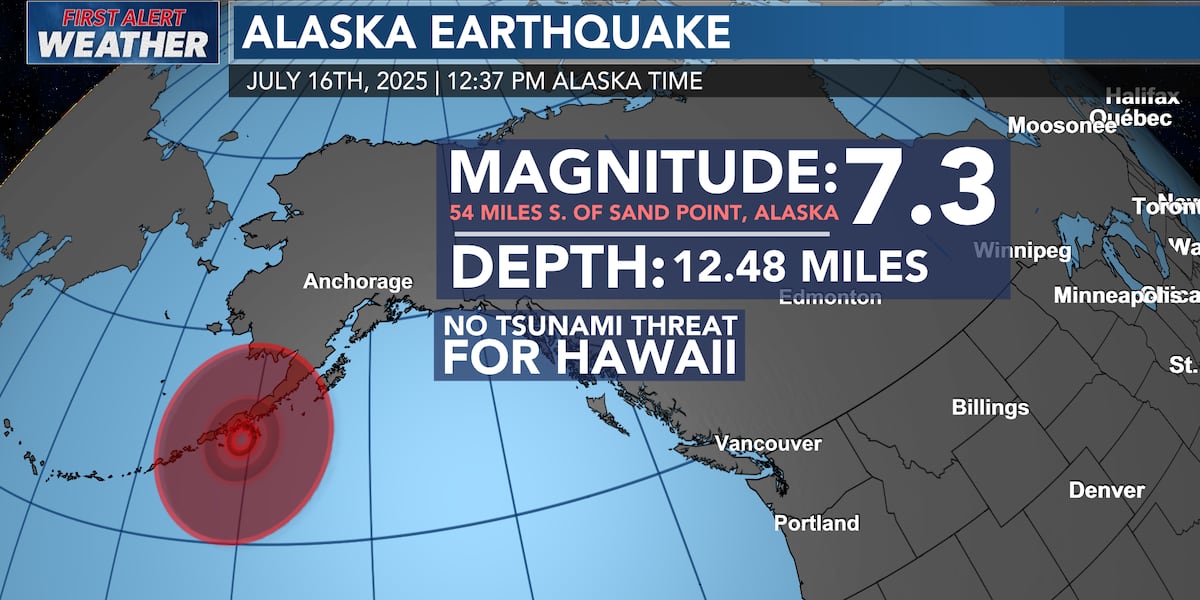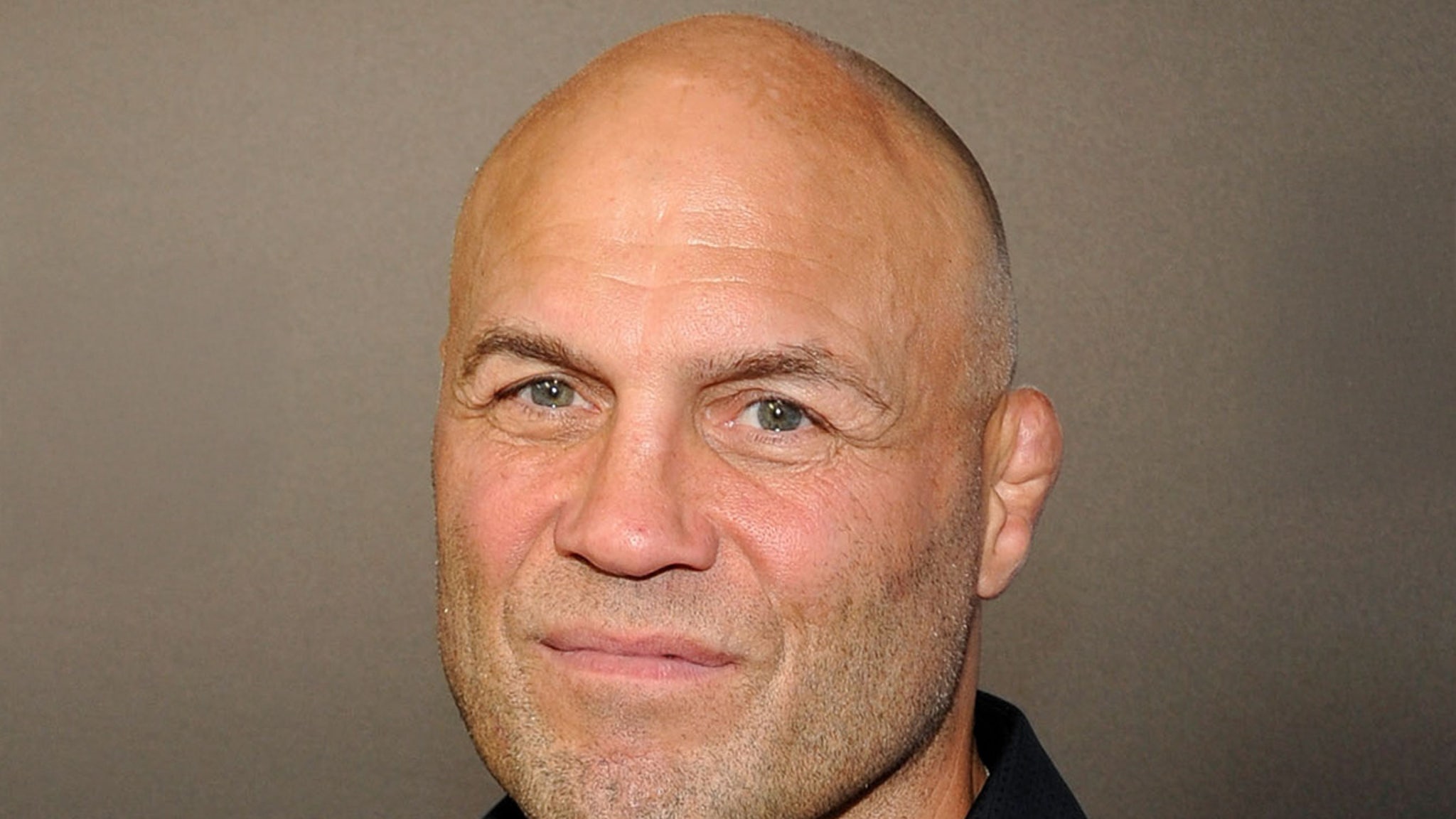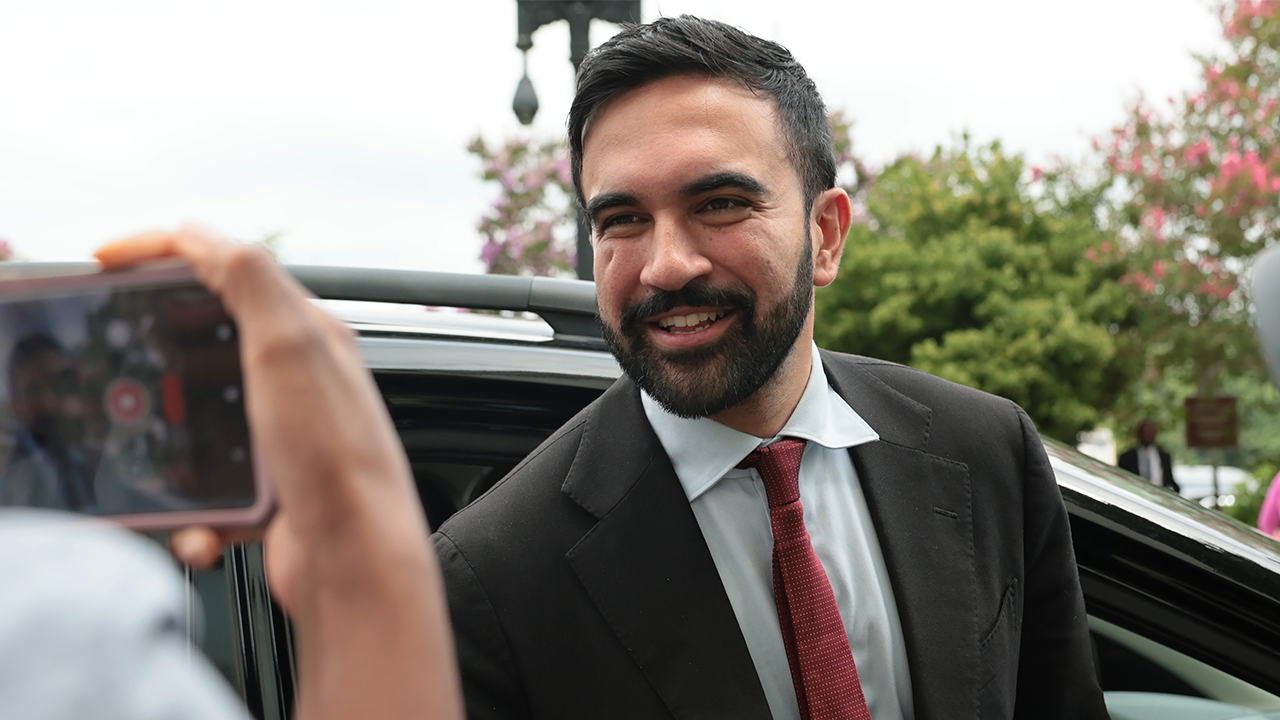Alaska
See how an Alaska paddleboarder escaped a close encounter with a humpback whale

ANCHORAGE, Alaska (AP) — An Alaska man on a paddleboard escaped a close encounter with a humpback whale, not even getting wet during a tense few seconds caught on camera by friends and family as the giant creature surfaced right in front of him then glided under his board.
“It’s just so massive. You’re puny against this whale,” Kevin Williams of Anchorage said Thursday, a week after his adventure with an adult humpback whale in Prince William Sound. Adult females can weigh up to 70,000 pounds (31,700 kilograms) and average about 49 feet (15 meters) in length, according to the Alaska Department of Fish and Game. Males are a little smaller.
Williams said anyone who claims they wouldn’t be afraid in that situation is crazy.
An ongoing eruption of a remote volcano in Alaska’s Aleutian Islands produced an ash cloud so large Tuesday that warnings were sent to pilots about potentially dangerous conditions.

A man walking on tidal mud flats with friends in an Alaska estuary got stuck up to his waist in the quicksand-like silt and drowned as the tide came in before frantic rescuers could extract him.

Research on a flat spot for air evacuations. Talk of old-style civil defense sirens to warn of fast-moving wildfires.
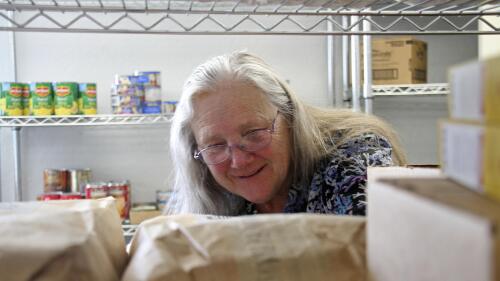
Thousands of Alaskans who depend on government assistance have waited months for food stamp benefits, exacerbating a hunger crisis laid bare by the pandemic, inflation and the remnants of a typhoon.
“If you have a whale that doesn’t know you were there and is that close, that’s not a good situation,” he said. One flick of the animal’s fin “or anything it does could be the end of my life.”
Williams, his son Brian and a couple other friends were paddleboarding or kayaking in the sound just off Whittier, located about 60 miles (100 kilometers) southeast of Anchorage.
They had seen the whale in the fjord, which is about 2 miles (3 kilometers) wide. Williams said he was slower than his friends, who were about 200 feet (60 meters) ahead of him.
The whale began to approach his friends, but they were close to the shoreline so he figured the whale would run out of room and reverse course. He thought he was in the safest spot since he was trailing the group.
The whale went underwater for about 45 seconds, longer than he had noticed it dive before.
“And it surfaced right in front of me, coming towards me,” Williams said. “Whoa! I love to see whales up close, but I’m on a paddleboard.”
As the whale slipped below the water again and turned on its side, he could see the white of its belly slowly gliding underneath, about 3 feet (1 meter) under the surface.
The whale’s pectoral fin was sticking a few feet out of the water, and Williams feared the creature might flip over as it swam below him, or he might topple off the board and land on its stomach.
“If I fell down, you know, my feet could have easily been on that whale — tickling that whale or whatever,” he said.
To steady himself in case the fin hit, he braced his knees together, kneeled, then lowered himself on all fours.
As the whale passed under him “there was hardly any turbulence, and I didn’t get wet,” he said, adding that it’s rare for people to get hurt by whales.
Still, the experience won’t keep Williams off the water. He plans another paddleboarding trip later Thursday.
“I’ll never stop, and this is once in a lifetime,” he said.

Alaska
Sullivan ‘side-deal’ not enough to save rural Alaska public broadcasting, opponents of Trump proposal to funding cut say
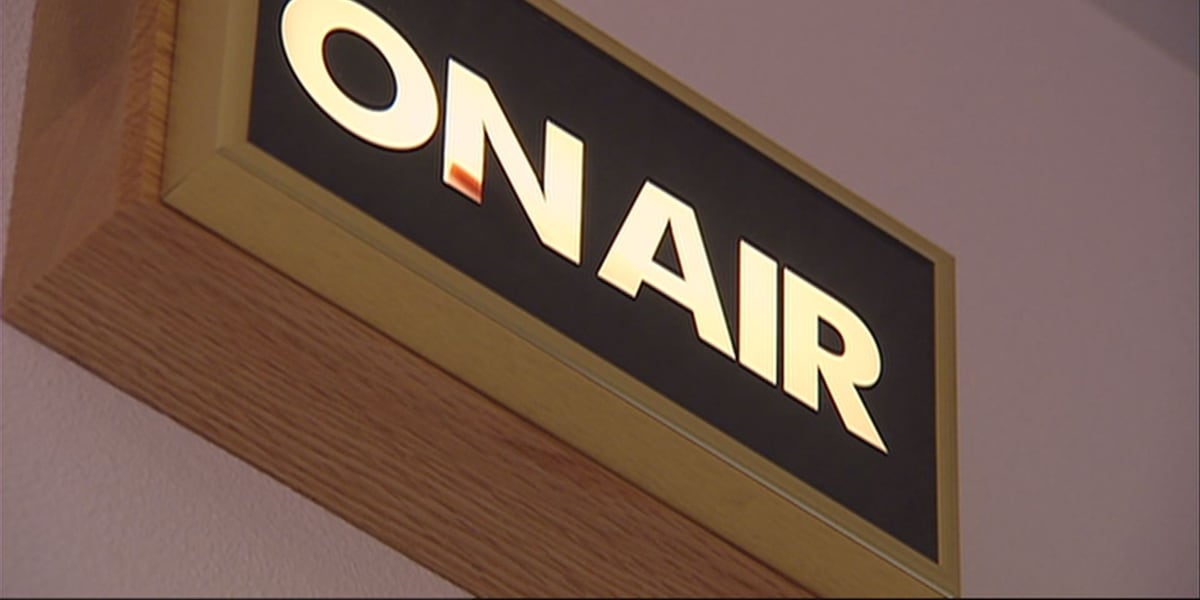
ANCHORAGE, Alaska (KTUU) – Hours before the Senate is set to vote on President Donald Trump’s $9.4 billion proposal to cut funding for public broadcasting and foreign aid, opponents said Sen. Dan Sullivan’s negotiation with the Trump administration – which a spokesperson for Sullivan argued Tuesday night would preserve rural Alaska stations – would not be enough to save them, arguing it only amounted to a one-time check to Tribal public media stations.
“I think with a side deal like this, [with it] not in the underlying legislation, it is not going to be an amendment, so we are sort of relying on different sources both within Congress and the [Trump] administration to talk about what they’ve said they’ve agreed to,” Kate Riley, CEO and President of America’s Public Television Stations said.
But details of how the deal could potentially impact Alaska remain unclear.
Sullivan’s Tuesday night statement announcing the deal, from the senator’s spokesperson Amanda Coyne, did not clarify the framework of how the funding would be allocated.
“Because of the importance of public radio for rural Alaska, for years Senator Sullivan has been an advocate for funding for our rural stations, and has been working for the last number of weeks with his Senate colleagues and senior White House officials on alternative sources of funding to help keep rural radio stations on the air,” Coyne said. “Today, the administration committed to continued funding to help support our most rural stations.”
“As I understand it, there are no officially recognized ‘tribal’ stations in Alaska,” Alaska Public Media President and CEO Ed Ulman told Alaska’s News Source Wednesday. “Only Koahnic Broadcasting Corporation, which operates KNBA, is owned and operated by Alaska Natives.”
Leading up to Wednesday’s debate, last month KNBA President and CEO Jaclyn Sallee released a joint statement with 11 other Alaska public media stations explaining the potential impact.
“KNBA 90.3, could lose nearly 25% of its annual revenue, leading to cuts in service including local Alaska Native news and emergency alerts. Our award-winning national Native programs, Native America Calling and National Native News, part of daily schedules on stations across Alaska, would experience an even greater loss – one from which they might not be able to recover,“ she said. ”More than 60 tribal stations we serve would be disproportionately impacted where they offer efficient emergency alerts and vital community connections.”
The deal, according to Riley’s numbers, would potentially mean Alaska having to split $9.4 million among 28 Tribal stations in eight other states. She said those cuts would come out of reallocated programs from the Department of the Interior.
Senator Mike Rounds, R-South Dakota, who was also reportedly part of the negotiations with the White House, said on X yesterday that cuts from the Green New Deal would fund these Tribal stations.
“We wanted to make sure tribal broadcast services in South Dakota continued to operate which provide potentially lifesaving emergency alerts,” he said. “We worked with the Trump administration to find Green New Deal money that could be reallocated to continue grants to tribal radio stations without interruption.”
The funding, however, will not come in the way of additional legislation or an amendment to the president’s bill currently being discussed by the Senate. So far, Riley said, it only amounts to a Trump administration promise to provide support.
Though 28 Tribal stations would benefit from the promise, she added the Corporation for Public Broadcasting, where funds to local stations would be cut from, provides support to 36 Tribal stations. She did not know which 28 stations would be supported.
Riley said the “side deal” also left unanswered what happens to other rural community public media stations.
“Those are not the only stations that serve native populations and there are many of our local stations that are providing service in communities where there are no other local media sources and no other broadcasters,” she said. “We think it’s critically important that all of those local station services be protected.”
Following America’s Public Television Station’s statement Wednesday, Alaska’s News Source reached out to Sullivan’s office who declined an interview.
When Alaska’s News Source first informed Alaska Public Media’s Ulman about Sullivan’s negotiation Tuesday, Ulman said he was “blindsided.”
“I can tell you for a fact that multiple folks in the state of Alaska have explained to the senator and his office how [public media] works and how [the Corporation for Public Broadcasting] is essential to ensuring that the 27 public media outlets in Alaska can remain in operation,” Ulman said. “So, this isn’t even a compromise. It’s just not gonna work.”
Ulman said Alaska stands to lose more than $30 million in federal funding over the next two years, if the bill is passed.
″It’s a 20% cut to Alaska Public media’s operational budget. How do you run your household If you took a 20 Percent pay cut,” Ulman told Alaska’s News Source Wednesday. “Any type of cut that’s 50% or higher to an annual budget. You’re not the same organization and you can’t cut half of your operation and continue to really thrive.”
He added he’s concerned over how the promised funding to Alaska Native stations would be apportioned, and worried that hedging a bet on a promise from the Trump administration may be problematic.
“I want to see the details. If I were one of my colleagues, say in Petersburg, or in Talkeetna, (or in) Galena, I would want to know the deal. How is this really going to affect me?”
Sen. Lisa Murkowski, R-AK, told reporters in the halls of Congress Wednesday that the public media funding bill was crucial to Alaska.
“There has been probably no issue, no single issue, that has drawn out more interest across the state of Alaksa than support for public broadcasting,” she said. “I come from a state that is extraordinarily rural. I come from a state where access to other forms of information and communication may be limited. It may just come by way of your radio. Call it old school, it’s what we live in many parts of the state.”
Murkowski was one of only three Republicans, including Sen. Susan Collins, R-ME, and Sen. Mitch McConnell, R-KY, who voted not to move forward with a vote, while Sullivan joined most other Republicans in voting to move forward on the bill.
“For years, in numerous meetings, Senator Sullivan has been consistently warning executives from public media entities, the Corporation for Public Broadcasting, and NPR that their biased programming and reporting, funded in part by the American taxpayer, would eventually jeopardize federal support for both national and local radio stations,” Coyne said.
As of publication, the Senate is voting on adding amendments to the legislation. If any amendments are approved by the legislature, the bill will be sent back to the House. The bill must pass Congress by Friday. Riley said she expected the vote to be close.
See a spelling or grammar error? Report it to web@ktuu.com
Copyright 2025 KTUU. All rights reserved.
Alaska
Attorney: $1B suit against Boeing, Alaska Airlines in door plug incident settled out of court
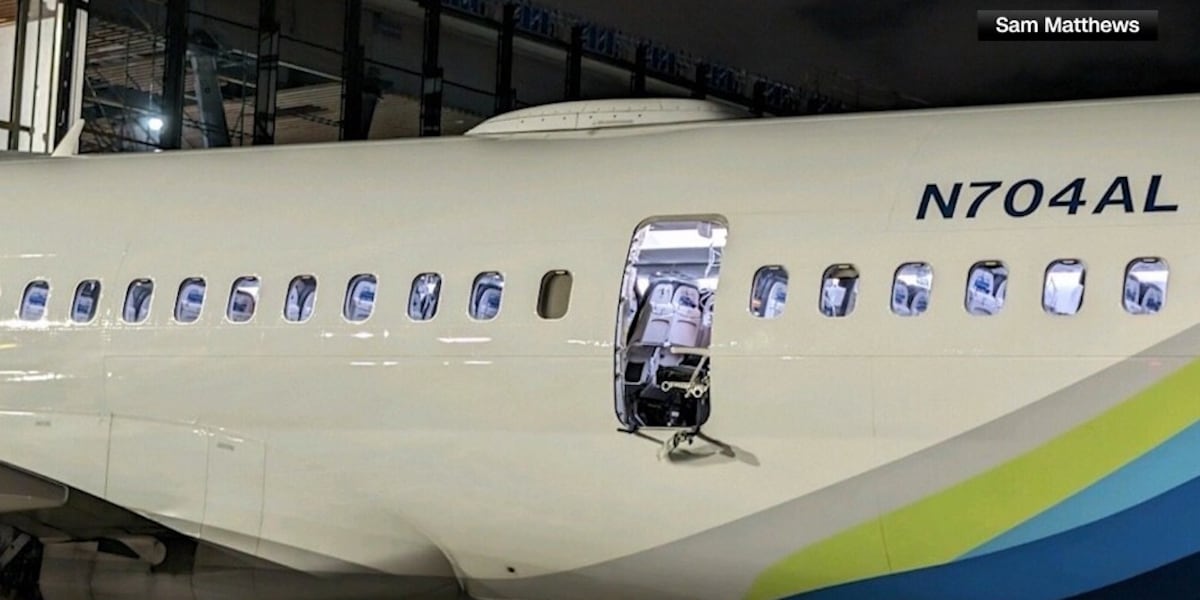
PORTLAND Ore. (KPTV) – Three passengers who sued Boeing and Alaska Airlines for $1 billion over a door plug that flew out mid-air have settled the lawsuit with the companies out of court, according to one of the attorneys for the passengers.
Terms of the settlement were not disclosed, as part of the settlement agreement, according to the attorney.
Court documents show the suit was dismissed with prejudice on July 7, meaning the plaintiffs can not refile the same claim against the companies in the future.
PREVIOUS COVERAGE:
The lawsuit stemmed from an incident on January 5, 2024, when a door plug on Alaska Airlines Flight 1282 from Portland to Ontario, Calif. flew out shortly after takeoff.
Last month, the National Transportation Safety Board found Boeing at fault for the incident following an investigation.
FOX 12 has reached out to Boeing and Alaska Airlines for comment.
Copyright 2025 KPTV-KPDX. All rights reserved.
Alaska
If a tree falls in the forest and no one is around, does it make a buck?

ANCHORAGE, Alaska (KTUU) – The Trump Administration’s announcement to rescind the National Forest’s ‘Roadless Rule’ in June has sparked outrage from some, and support from others. With the two largest National forests in the country, the announcement has caught the attention of Alaska businesses.
The rule, adopted in 2001, essentially prevents new roads from being built in a little over 58 million acres of National Forest, including the Tongass and Chugach National forests in Alaska. In an area that relies heavily on tourism, some fear its natural beauty could be compromised.
“Those magical places could become few and far between, and that’s a major problem,” said Hunter McIntosh, president of the Boat Company, a southeast Alaska non-profit that gives boat tours throughout the region.
Fewer roads means less timber harvest, and that reason, alongside wildfire prevention and others, was given by Secretary of Agriculture Brooke Rollins, who announced the USDA would be rescinding the Roadless Rule last month.
Greater access to the forests by roads has local environmental advocates and business owners like McIntosh concerned that logging and mining interests will be renewed.
“All these things potentially have a significant environmental impact on the fisheries and the wildlife, the hunting, subsistence and whatnot,” McIntosh said. “But then along with that also major impact on the largest economic driver of Southeast Alaska being tourism.”
Not only does McIntosh believe rescinding the rule will damage the environment, but he believes that the timber industry in Southeast Alaska is not economically feasible.
“The economics and what we do are really intertwined, in that — the timber industry is a heavily subsidized industry — and the tourism industry is not subsidized at all,” McIntosh said.
According to a report by the Southeast Conference, timber made up 4% of jobs and employment earnings in 2024.
For those who rely on timber for income, like Viking Lumber Mill in Klawock on Prince of Wales Island, they’d like to see growth in the industry. While the repeal of the roadless rule is a “step forward,” they say the forest service needs to better meet market demand.
“What the timber industry needs in order to survive is for the Forest Service to provide a continuous and ample supply,” said Sarah Dahlstrom, spokesperson for Viking Lumber.
“It is their obligation to do that. They are the largest landowner, and our industry relies on the largest landowner to supply our mill and all of the other micro mills, or mom-and-pop mills on our island.”
”State land is very limited and so we are relying on the Forest Service and the federal government to put timber sales out and it’s been a major struggle.”
Viking Lumber is Alaska’s largest mill, and nearly all of the finished lumber gets shipped to the Lower 48, or internationally.
Dahlstrom’s father, Kirk, bought the bankrupt mill in 1994, returning it to a profitable operation, but says they’re not quite out of the woods yet.
“For decades the Forest Service has failed to provide a sufficient timber supply to the entire industry,” Dahlstrom said.
Dahlstrom said that Viking is largely open because of a legislated land exchange between the Alaska Mental Health Trust and the U.S. Forest Service. For about a decade, the Forest Service has harvested off the land they received, but Dahlstrom said their sale agreement with them will be complete by August of this year.
In a local economy that Dahlstrom said benefits from roads built for timber harvest and wood by-products used to heat schools and public buildings, they hope to stay in business.
“We don’t want to take more than what we need,” Dahlstrom said.
“We want what we’ve been doing. It is a sustainable and renewable business.”
Meanwhile, McIntosh said the Boat Company generally avoids Prince of Wales Island on their tours because of the large swathes of clear-cut forest.
“People from the lower 48, guests and clients, they don’t want to see clear-cut,” McIntosh said. “They want to see wilderness. They want to see, you know, old growth trees. They want to be able to fish for salmon. They want to see bears and whales, and seeing huge swaths of sides of mountains completely clear-cut and then left is not something that that most tourists expect or want to see.”
See a spelling or grammar error? Report it to web@ktuu.com
Copyright 2025 KTUU. All rights reserved.
-

 Culture1 week ago
Culture1 week agoTry to Match These Snarky Quotations to Their Novels and Stories
-

 News7 days ago
News7 days agoVideo: Trump Compliments President of Liberia on His ‘Beautiful English’
-
Finance1 week ago
Do you really save money on Prime Day?
-

 Technology1 week ago
Technology1 week agoApple’s latest AirPods are already on sale for $99 before Prime Day
-

 News1 week ago
News1 week agoTexas Flooding Map: See How the Floodwaters Rose Along the Guadalupe River
-

 News6 days ago
News6 days agoVideo: Clashes After Immigration Raid at California Cannabis Farm
-

 Politics1 week ago
Politics1 week agoJournalist who refused to duck during Trump assassination attempt reflects on Butler rally in new book
-
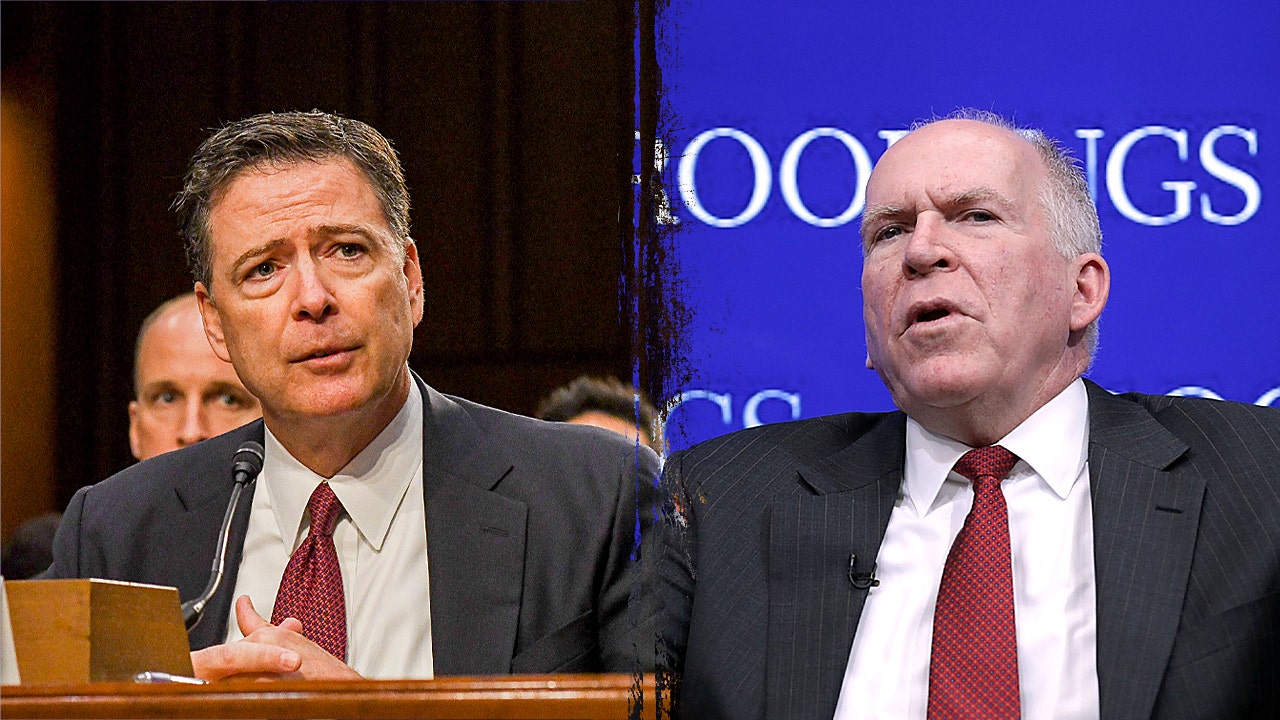
 Politics1 week ago
Politics1 week agoObama officials used dossier to probe, brief Trump despite knowing it was unverified 'internet rumor'
